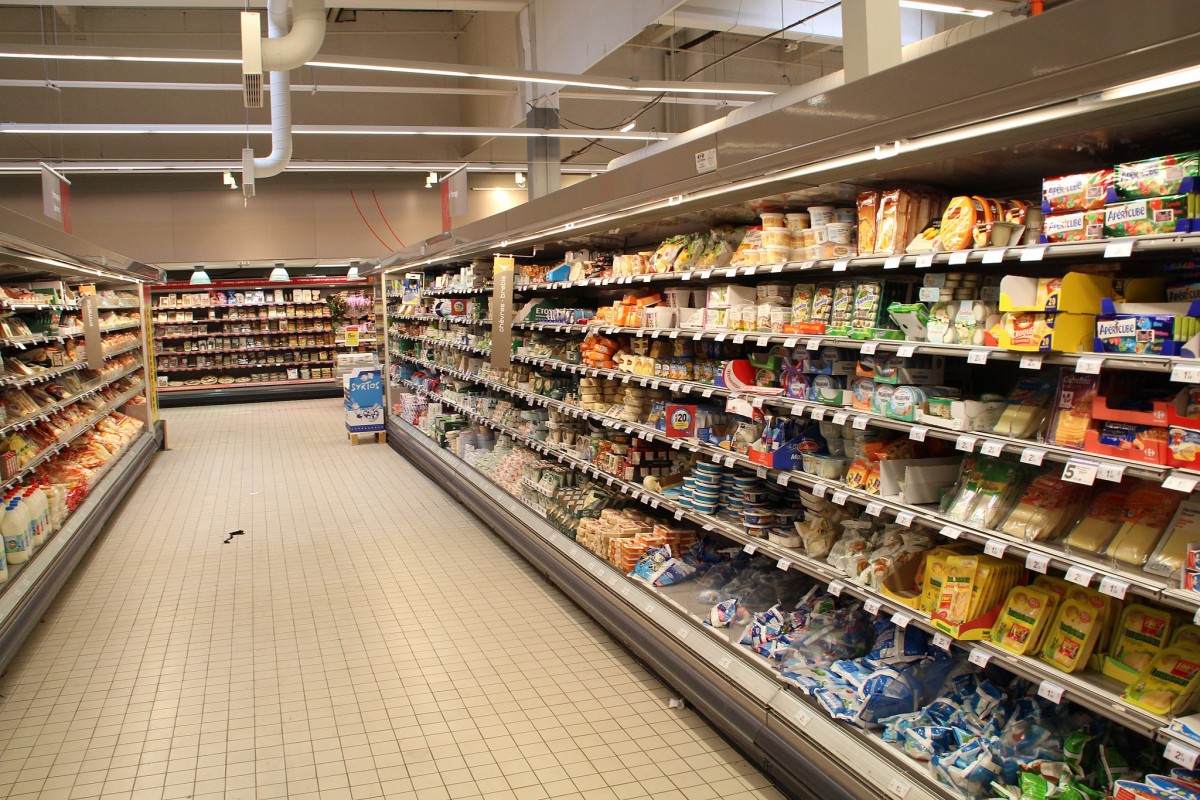Sponsored Content
Inflation in Austria: Highest Value Since Post-War Period
Inflation in Austria is getting higher and higher. At 10.5%, it has now exceeded the magic limit of 10 percentage points and is thus considered the highest inflation in Austria since the post-war period. Read on if you want to know which products have become more expensive!
 Everyday foodstuffs are also affected by the sharp rise in prices. / Picture: © Wikimedia Commons / Lionel Allorge / CC BY-SA (https://creativecommons.org/licenses/by-sa/3.0)
Everyday foodstuffs are also affected by the sharp rise in prices. / Picture: © Wikimedia Commons / Lionel Allorge / CC BY-SA (https://creativecommons.org/licenses/by-sa/3.0)
The inflation rate continues to rise. Now it has reached a new peak. At 10.5 % in September, the historically high values in the seventies were finally exceeded and is considered the highest inflation since the year 1952. In August, inflation was still just below the magic limit of 10 % at 9.3 %.
"In September 2022, inflation at +10.5% has not only exceeded…
or Log In
Fast News Search





